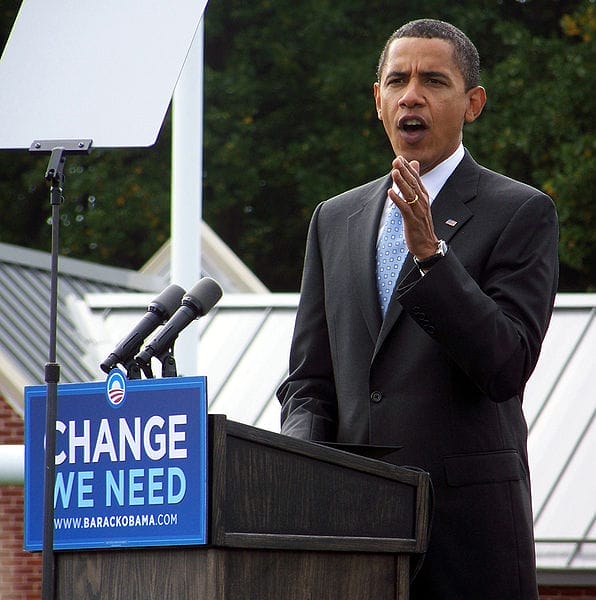Since Barack Obama rose to power on his message of “Change” in 2008, there has actually been a lot of change.
Those who follow DC politics might not agree, but leaders in the boardroom will share countless stories of the changing business landscape. From the movement to clean tech to the continuing digital revolution to a heightened focus on lean operations, business in 2011 looks very different than it did in 2008. Apple has surpassed Microsoft as the largest tech company, Facebook is worth $41 billion and Groupon is a $5 billion startup. Our aging population has pushed marketers to evolve their focus from retiring Boomers to emerging Gen Y leaders.
Leaders must adapt to changing business conditions, and inspire their organizations to change. But as Obama will tell you, change isn’t always easy. At Sparxoo, we’ve been working on a few change management initiatives, which gives us an insider’s perspective on what works in change management. For starters, we would suggest a read of the McKinsey 7-S model, which is a popular framework used for aligning an organization.
What’s interesting about the 7-S model is that it consists of three “hard” elements and four “soft” elements. The notion that McKinsey’s model leans towards the “soft” elements is right-on with our experience: Emotions and psychology play a major role in situations of change. You can get the hard elements right (strategy, structure and systems), but without the soft elements (shared values, skills, style and staff), success is a long shot.
Todd Jick, a professor at Harvard Business School, says this about change: “Dealing with change takes energy. Thus, to accept, at the outset, that strong emotions are part and parcel of the change process is at least to avoid wasting some energy. The manager’s dual task is to help people move into the current change and encourage them to feel confident about accepting subsequent changes.” The following best practices in change management will help you energize your strategy by appealing to the emotional side of change.
Know your audiences: You can change your systems, and you can change your processes, but don’t forget to change your people. Not necessarily by firing and hiring. Go directly for the minds and hearts of your current employees. Understand their aspirations and their fears. How will this change impact them professionally, and even personally? What barriers will they put up to change, and how will you overcome the barriers? What incentives can be provided to help them embrace change? What messages will they react to, and how would they like to be communicated to?
Identify change ambassadors: In the digital world, the concept of influence has been surging along with the growth of Facebook, LinkedIn and other communities. Just as influence matters online, it matters in your organization. Identify the members of your organization who carry the most weight with your full team. Who can set the mood for the office? Who is called upon for advice and guidance? Who commands the most respect as a voice of reason? Get these influencers, or “change ambassadors,” first. With their vocal support, your change efforts can be accelerated.
Prepare your audiences, starting with unlearning: The process of change doesn’t happen in a day. Through a series of communications and experiences people can process the change and what it means for them. If you want your team to learn a new way, you have un-program them from the old way. You will need to present a compelling case of the challenges and shortcomings of the current way to prepare them to separate and select the new, or better, way. Use overwhelming evidence including real data, compelling stories and clear vision.
Provide executive leadership in creating a safe environment: Leaders should create a safe environment for employees to learn new practices. Leaders should communicate the coming change, acknowledge that there will be challenges and offer up the idea that people should feel comfortable to share concerns. Talking about change helps to enact change.
Create and learn new value: To move forward, leadership must communicate clear goals and values. A cohesive plan and a clarified vision will enable the team to see the goalposts and move towards them. As leaders seek to replace current beliefs with new ones, create opportunities for shared learning. “Hero stories” need to be shared and promoted so that employees and supervisors see that the new values result in success.
Support change to achieve long-term, sustainable results: Values should be integrated into the organization’s vision, mission and strategic plan. Peer reviews should take into account accomplishments that illustrate desired values. Throughout the pursuit of change, managers and leaders should make it a top priority to prove their commitment to the transformation process, reward risk-taking and incorporate new behaviors into the day-to-day operations of the organization. By reinforcing the new culture, they affirm its importance and quicken its acceptance.
Through successful change management, a path to a better future can be paved. Start with a vision and then take your team along for the ride. Be sure to engage their hearts and minds, spending just as much time on the “soft” elements of change as the “hard” elements of change.

























